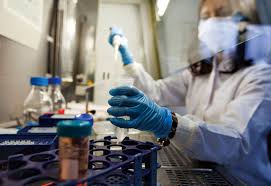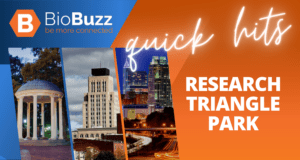
Bruce Booth, D.Phil., a partner at Atlas Venture, astutely observed earlier this year that two key resources fueling the growth of biopharma were until recently somewhat geographically spread among the 10 or so regions of the nation where the industry began to arise a generation ago.
“In recent years, this has changed—Boston and San Francisco are now the preeminent biotech clusters. And their gravity in the ecosystem is only getting stronger,” Dr. Booth concluded in a March 21 post on his Life Sci VC blog. “Beyond having great science and the right ‘pixie dust’ in the local environment, two fundamentally important ingredients to the success of any cluster are capital and talent—and both are aggregating into the two key clusters.”
So it’s no surprise that Boston/Cambridge, MA, and the San Francisco Bay Area again top this year’s GEN List of the nation’s top 10 biopharma clusters, as they did last year and in 2015. Yet that’s not to say the other eight clusters rounding out the list are the proverbial chopped liver; they too have significant assets that make them attractive to biopharma researchers, executives, and investors, often drawing upon heritages that include the presence of big pharmas or home-grown biotech giants.
And while the regions making the list this year will be very familiar to biopharma industry watchers, the regions just below the top 10 also continue to build clusters that may someday propel them to future GEN lists. Highest among those remains Denver at No. 11, which ranked higher on two criteria—ninth in lab space (4 million square feet) and 10th in jobs (27,666, according to JLL).
GEN ranks regions based on five criteria:
- NIH funding—Taken from the publicly available NIH RePORT database, for the current federal fiscal year, from its start on October 1, 2016, through May 23, 2017.
- Venture Capital (VC) funding—Taken from 2016 and Q1 2017 figures furnished by the publicly available MoneyTree Report.
- Patents—Based on the number of patents containing the word “biotechnology” awarded since 1976 in namesake cities and suburbs where key companies are located.
- Lab space—Based on total-size-of-market figures, in millions of square feet, furnished by the commercial real estate brokerage JLL in its U.S. Life Sciences Outlook report for 2016.
- Jobs—Based on JLL’s report. While job numbers are ranked this year compared with last year’s Top 10 US Clusters list, less weight had to be given to job totals in regions where GEN has found widespread discrepancies in job figures. However, workforce size was factored in when deciding the ultimate position of a region.
- About the Author
- Latest Posts
Over the past 11 years, Chris has grown BioBuzz into a respected brand that is recognized for its community building, networking events and news stories about the local biotech industry. In addition, he runs a Recruiting and Marketing Agency that helps companies attract top talent through a blended model that combines employer branding and marketing services together with a high powered recruiting solution.





